This restaurant in Courchevel is in the luxury Cheval Blanc Hotel, named after the famous St Emilion vineyard. The name refers to a legendary vintage of Cheval Blanc, a collector’s wine that currently has a market value of over £18,000 a bottle. In 2008 chef Yannick Alleno opened up a restaurant at the hotel, which received two Michelin stars in the 2010 guide, and a third in the 2017 guide. Mr Alleno is also head chef of Ledoyen in Paris, as well as the Royal Mansour in Marrakech, as well as being involved with a range of other restaurants from St Tropez to Taipei. The chef de cuisine at 1947 since November 2015 has been Gerard Barbin, who previously worked for over four years in Dubai as chef de cuisine at the “One and Only Palm” and previously in Boston at a restaurant called “Sensing”.
If you are planning a trip here then bear in mind that the restaurant opens only in the ski season (December to early April). Getting to Courchevel is tricky. You can fly to either Geneva or Lyon, the resort being roughly a three-hour drive from both, depending on traffic. Hence this involves either a very expensive taxi ride or a hire car with snow chains or winter tyres. There is one option at least partially involving public transport, which is to get a train from Lyon to the distinctly unprepossessing town of Moutiers, which is below Courchevel. You could then get a taxi from Moutiers up to the resort. If you have unlimited means then you could take a helicopter from Geneva, and there is actually an airstrip at Courchevel that can handle small fixed wing aircraft, but this is not for the faint hearted since the runway heads straight off the mountainside. It was featured in the Bond movie "Tomorrow Never Dies", with Pierce Brosnan as 007 taking off in a manner that would not meet with current health and safety legislation.
The Cheval Blanc hotel is in the "1850" village of Courchevel. The resort has the original village, and then three further villages above it to service the ski industry, each higher than the next in terms of both height above sea level and also property value. The 1850 is the costliest bit of Courchevel, and in recent years has been very popular with Russian tourists in particular. Prices around here are rarefield as the air, and if the Cheval Blanc hotel is out of your range then I can recommend the three star Le Duc de Savoie hotel, two buildings down from Cheval Blanc so literally just over a hundred yards away. This was very pleasant and although far from cheap was still a fraction the price of the Cheval Blanc, which is easy to identify due both to its large sculpture of a white horse outside, as well as its Louis Vuitton store next to the hotel entrance (LVMH own both this hotel and Louis Vuitton).
The restaurant is in the basement of the hotel. It is quite intimate, in theory seating around twenty diners, though there were just twelve including us this evening at the five tables. The decor is very stylised and very white, with a huge hollowed out perforated shell of Corian at the centre of the room. The decor feels like a cross between a Bond villain's lair and a 1980s science fiction movie. My wife described it as feeling "simultaneously futuristic yet retro". Tables were large and generously spaced, with white leather tabletops rather than tablecloths. The kitchen is on to view and partially visible from the dining area. Chef Gerard Barbin was brought up in the US so his English is perfect, and he was happy to chat about the dishes and came across as genuinely enthusiastic. When the restaurant here closes at the end of the ski season he moves back to Paris to work as sous chef at Ledoyen.
There was a tasting menu at €395 as well as an a la carte menu. With the beef main course at €198 it can be seen that your bill will end up in stratospheric territory whether or you choose the tasting menu or go with the carte choices, as we did. The wine list offered around 800 references, with a separate menu of Cheval Blanc vintages. The iconic 1947, whose market price at present is €21,202, was available by the bottle here at a hefty €47,000 or by magnum at €127,000. This sounds weird since that is more than just twice the price of a bottle, but prestigious magnums frequently end up priced higher than the price of two bottles, partly for reasons of scarcity and partly because people seem prepared to pay up. The list was mostly but not entirely French, and although it rapidly skipped into oligarch territory there were a few bottles around €60 to €70. Sample labels were Yves Leccia Domaine Croce Patriminio 2013 at €90 for a bottle that can be found in the high street for €26, Shaw and Smith M3 Chardonnay 2012 at a chunky €140 compared to its retail price of €31, and Guidalberto Tenuta San Guido 2014 at an indefensible €170 for a bottle that will set you back €33 in a shop. Prestige labels included Etienne Sauzet Batard Montrachet 2011 at €950 compared to its retail price of €344, and Chateau Le Pin 1995 at €5,500 for a wine that has a current market value of €2,172.
Some nibbles began the meal. An artichoke marshmallow with black truffle and a little butternut squash was decent enough but uninspiring (14/20). Much better was a nibble of eel with cream, which had excellent flavour (18/20) and there was also a sort of tuile made from potato starch served on a base of popcorn. The tuile was delicate (16/20) though the popcorn tasted very ordinary. Rosette de Lyon is a cured sausage and here was made into a jelly topped with gherkins and sausage. This was interesting technically and had good flavour, thought it was quite salty, even for me (15/20). The bread here is made from scratch in the kitchen and was excellent, a country style bread with good texture and a lovely crust (19/20).
The final amuse-bouche was built around a slow cooked vegetable soup that had been simmering for hours. The cooking liquid from this was infused with hay and served with ravioli alongside a little pork fat and a loaf of the bread that had been baked with a stuffing of foie gras, chicken, ginger and truffle dressing with a little vinegar. The bread with its stuffing was the best of these elements, though the soup was certainly very pleasant, with plenty of flavour (17/20).
My formal starter was an unusual dish of scallop made in the style of a scrambled egg. The scallops are opened and the roe discarded, the white flesh crushed with a fork and then gently cooked over a bain-marie with a little butter and cream along with seasoning. This was served with French toast with celeriac and a garnish of Oscietra caviar. This sounds odd but actually worked brilliantly, the scallop tasting great, its flavour pairing well with the earthiness of the celeriac and the salty caviar. This was clever, innovative cooking that tasted lovely as well as being original (19/20). The other starter was Jerusalem artichoke broth with gnocchi of local lake fish (in this case a mix of fera, arctic char and pike eel) topped with black truffle. This was much less successful, the gnocchi made nicely enough but the overall effect being rather bland (barely 15/20). A further dish was turnips that had been stewed and slow cooked with an extraction of mushrooms, along with morels, wild garlic, croutons and chicken skin, and a wild onion that Americans call ramps. This was very pleasant, the morels in particular very good, but ultimately turnips are rarely the most exciting of vegetables (16/20).
The main courses again differed sharply in standard. Sea bass was served with a sorrel sauce, flowers and herbs, finished with buttermilk and a little Fontina cheese, with sashimi of sea bass served on the side on a bed of rice with cherry vinaigrette served in a bowl lined with cherry leaves that had been picked in the summer and dried. The hot rice had the effect of slightly cooking the thin strips of sashimi, which I am not sure was intended but worked well enough (16/20).
Wagyu beef was from Idaho and was served in two stages. Short rib was cooked in a Josper grill and had good flavour, but much more interesting was an iron pot to one side containing potato flavoured with bone marrow and horseradish, with semolina, wild cumin and shallots. This had been cooked in clay in a wood fired oven, and the end result had stunning depth of flavour, the bone marrow having infused the potatoes, and the horseradish adding bite. This was one of the best "side dishes" I can recall eating, and for me you could have just removed the beef entirely and left me with these dazzling potatoes. The second stage of the beef was a slightly fattier cut that did not seem to have an obvious English translation. This was served with a salad of beef tendon that had been "fried" in liquid nitrogen. This was all very clever, but I am not sure how well the cold frozen salad really worked with the beef. Still, I am going to score the dish overall 19/20 mainly due to the fabulous potatoes.
Cheese from an affineur in Grenoble comprised two goat cheeses, Gorgonzola and excellent thirty six month aged Beaufort. This was served with nuts in honey. The cheese was in very good condition, as well it might do at a price of €45. A pre dessert was pineapple tuile with herb gel. The tuile was delicate and tasted of pineapple but the herb gel added nothing; indeed it seemed mildly unpleasant to me (16/20 for the tuiles). Soufflé was notionally lemon but actually the mix had a blend of lemon, yuzu and grapefruit, with fresh yuzu on the side. This was a good soufflé, the centre cooked evenly if a fraction less than might be optimal, but the citrus flavour came through well and the top was certainly light and fluffy (18/20). Interestingly, soufflés are apparently trickier to make at this altitude, which makes it harder for them to rise evenly.
Apple and quince "Charlotte" had a crisp bread base and edge, with a filling of apple cubes cooked with spices including somewhat dominant cloves, topped with Granny Smith sorbet and covered with soft meringue baked in the manner of a baked Alaska, and topped with small pieces of silver leaf. This was certainly very enjoyable (17/20). Petit fours were a mixed bunch. Chocolate tuiles were very delicate indeed, though a chartreuse bonbon tasted perilously like cough medicine to me. A chocolate palet was flavoured with overly dominant pine, a chickpea meringue dipped in creme fraiche was rather odd, and finally there was a little chocolate in rather runny tonka bean jelly (15/20 average).
Service was silky smooth, the pacing of dishes good and the waiters charming. The bill came to €430 (£375) each with a solitary bottle of wine to share plus pre-dinner drinks. You could perhaps get away with a slightly smaller bill if you ordered one of the few cheaper bottles of wine, but even in this case a cost per head of over £330 is likely, and the bill will rapidly escalate into the stratosphere if you order the tasting menu and some better wine. It is not obvious to me why Michelin plucked this particular restaurant out of the firmament to get the third star, when there are restaurants in France that seem pretty evidently to be on a more solid three star footing and yet which are denied the ultimate final star - Sa Qua Na, Guy Lassasaie and Les Crayeres spring to mind, as indeed does Taillevent and a number of other places. However this is a criticism of Michelin rather than the restaurant.
This is Courchevel and nothing here is remotely cheap, but this is by any standards a lot of money. I did taste two dishes that were unequivocally three star level, but the trouble is that I also tasted plenty that were not. The overall score hovers on the edge between 16/20 and 17/20 but given the price point it is hard to say that this represents sensible value for money, even for the wealthy that are clearly its target market. At these mountainous prices, greater consistency is to be expected.

































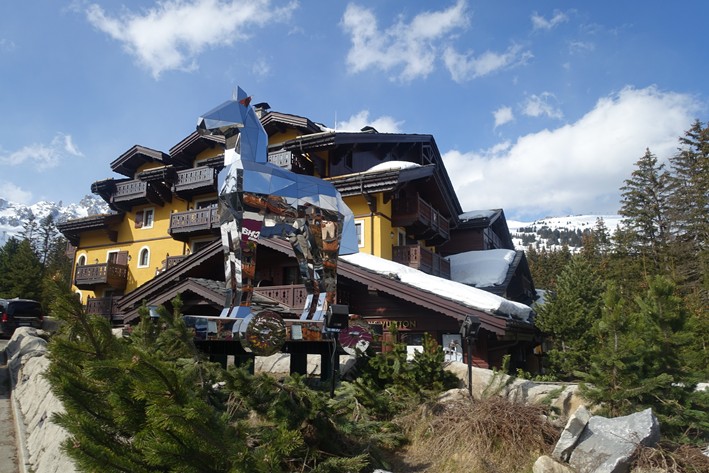

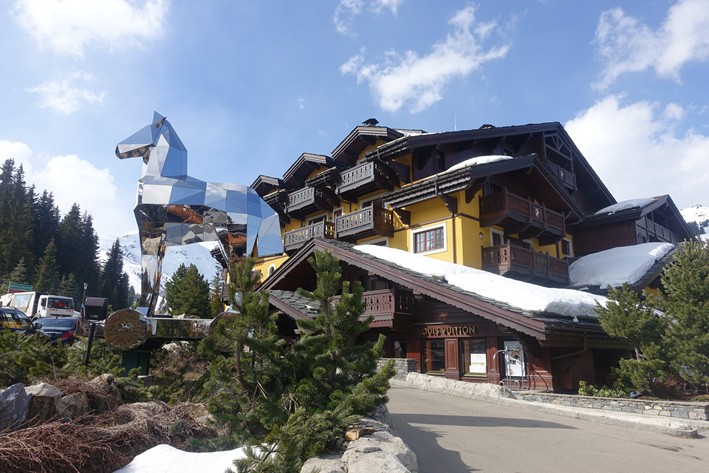


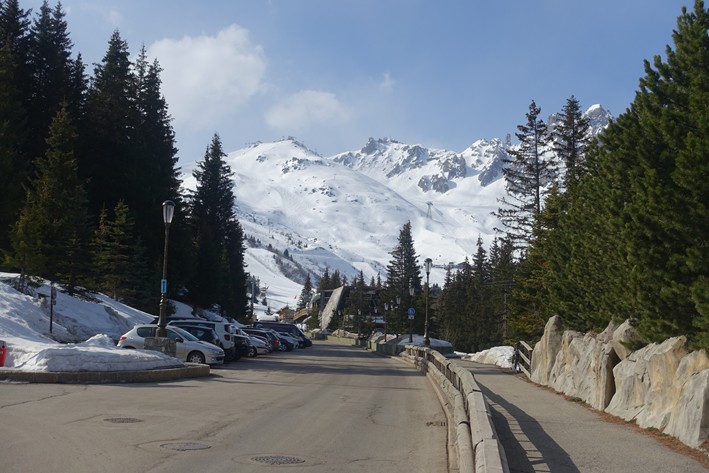

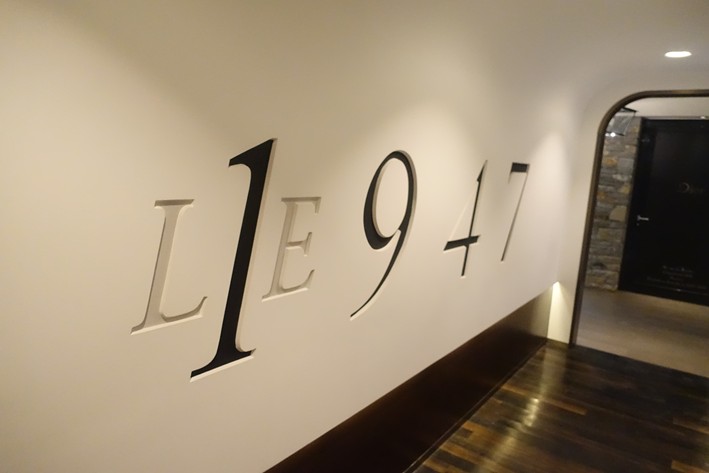
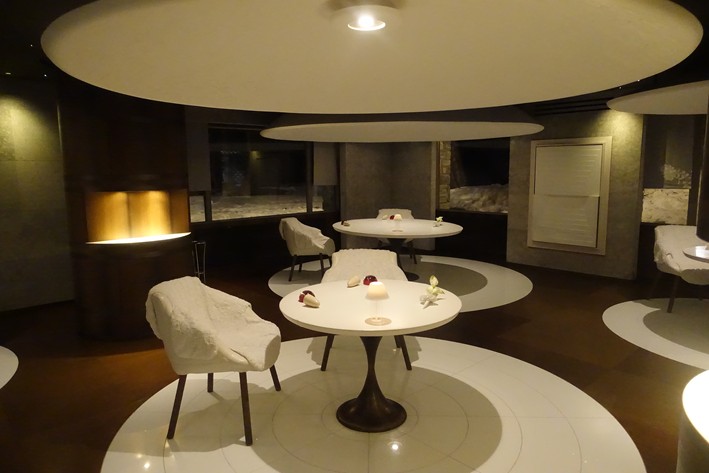
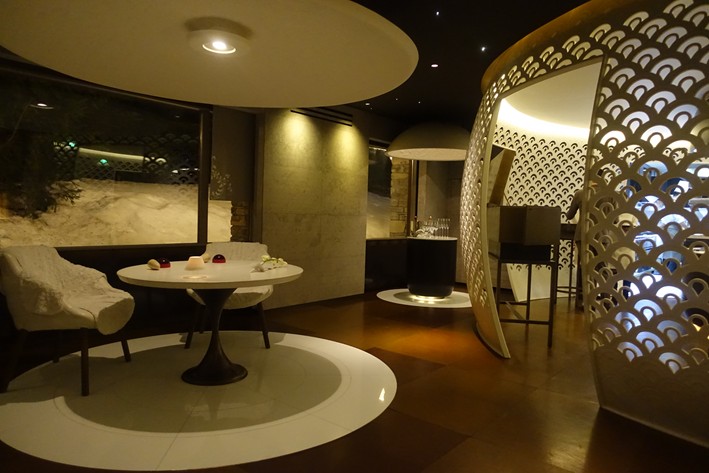
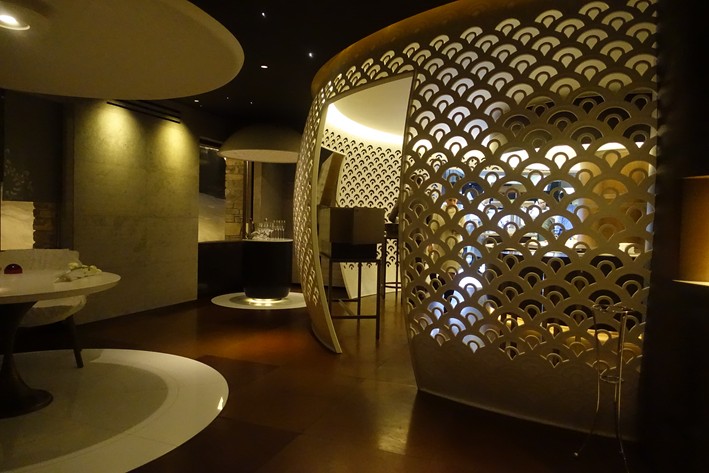
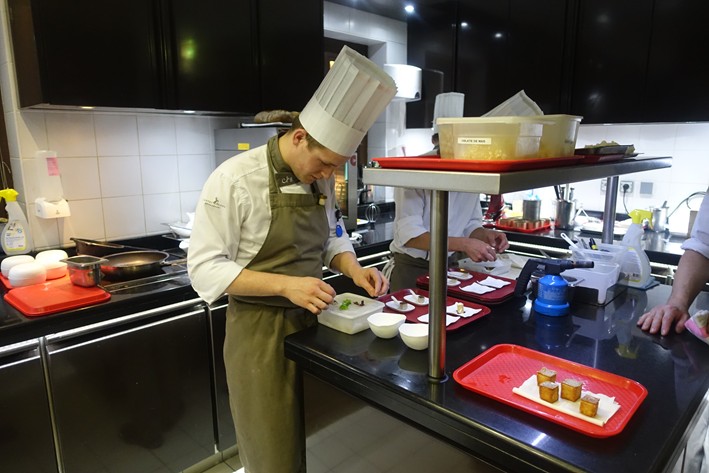
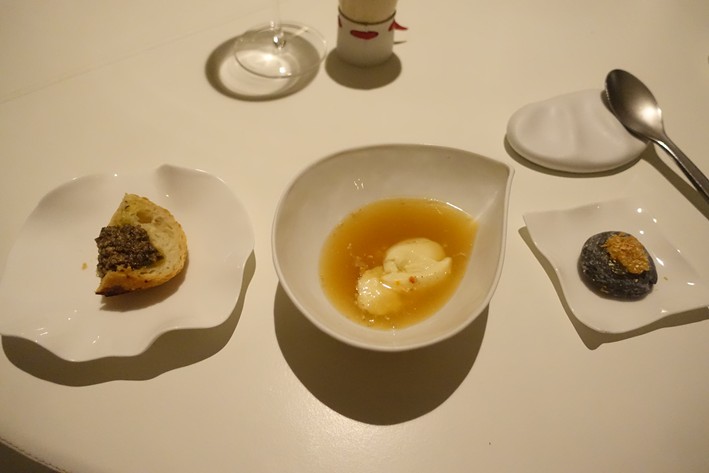
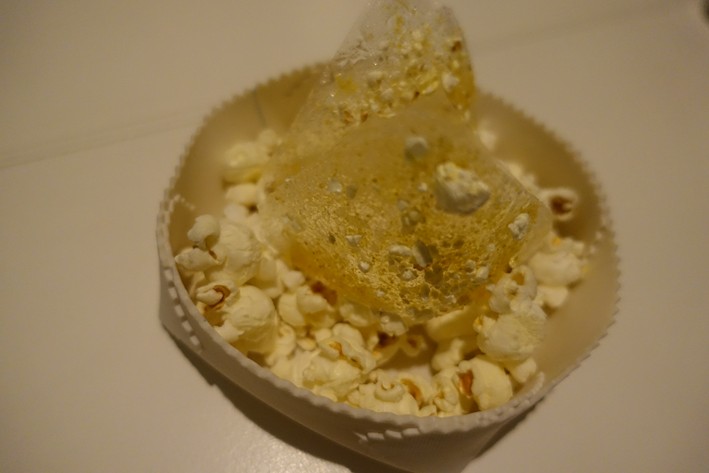




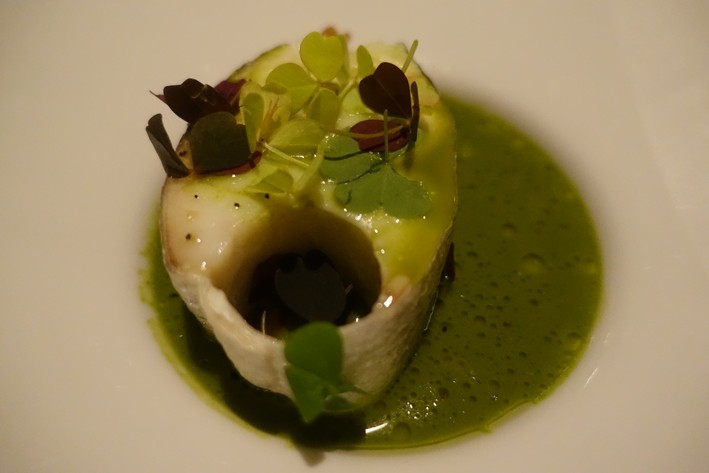

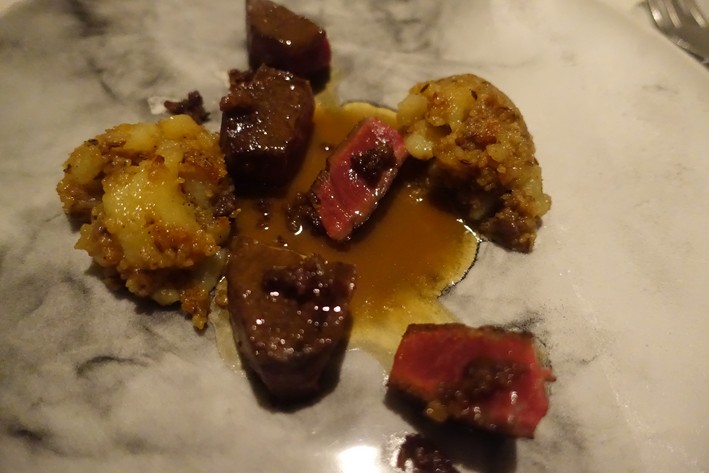
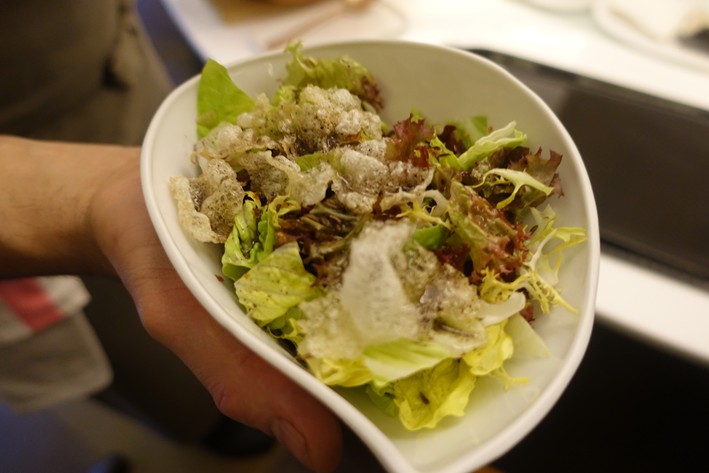

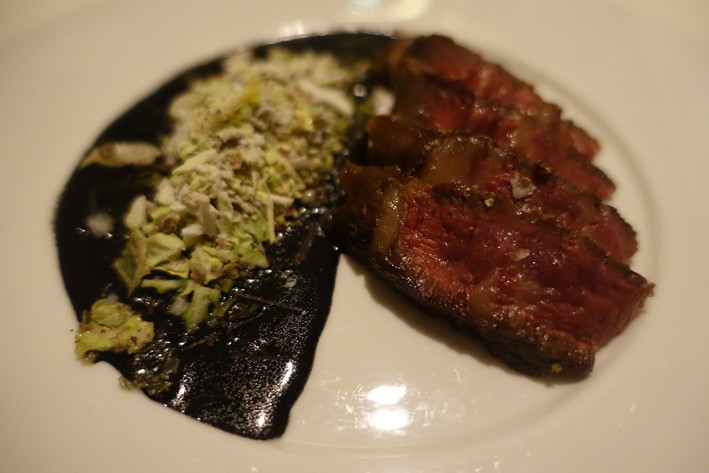


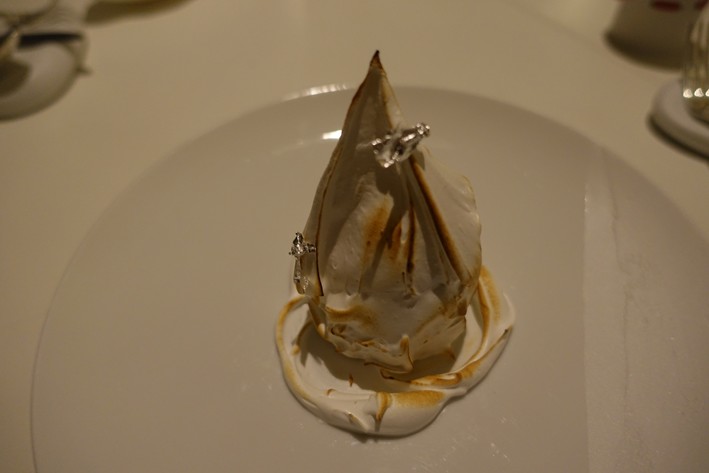
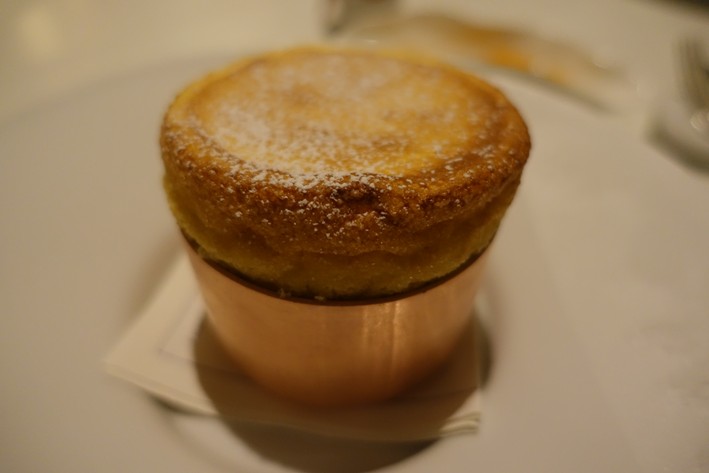

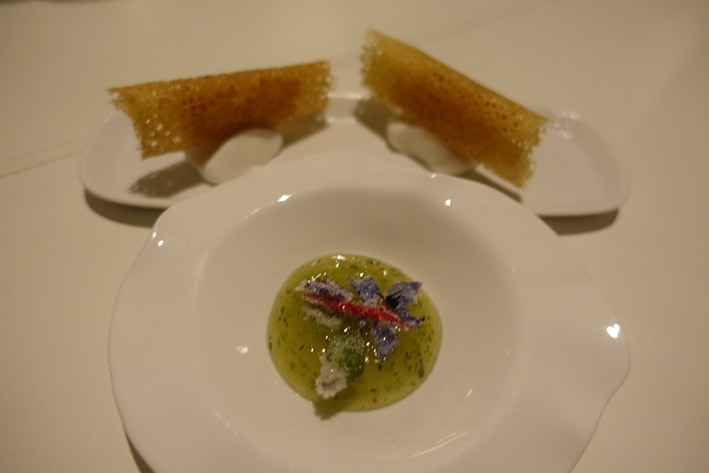
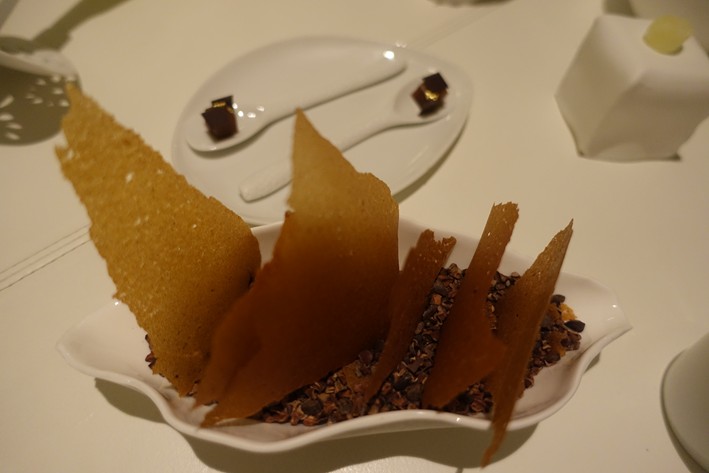
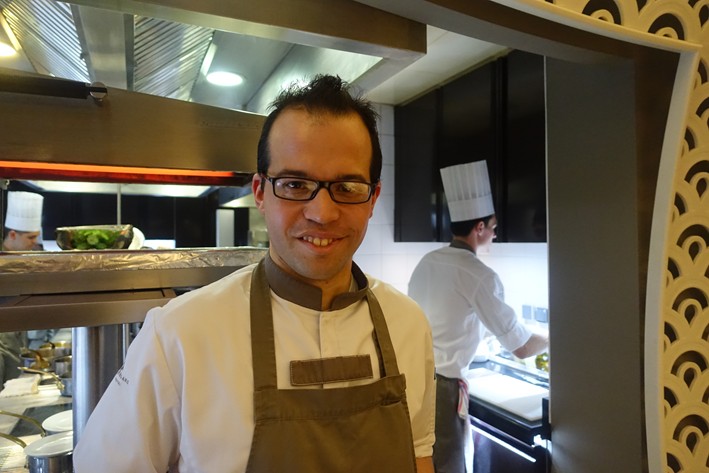

Tony G
Great review I am still laughing. very entertaining. I am imagining you making your way to this inaccessible restaurant. Then to pay 1000 euros for dinner for two without trying the 1947 Cheval Blanc, which I assume would of been at its best from the magnum. Would have loved to know what stage the wine was at and read your tasting notes.